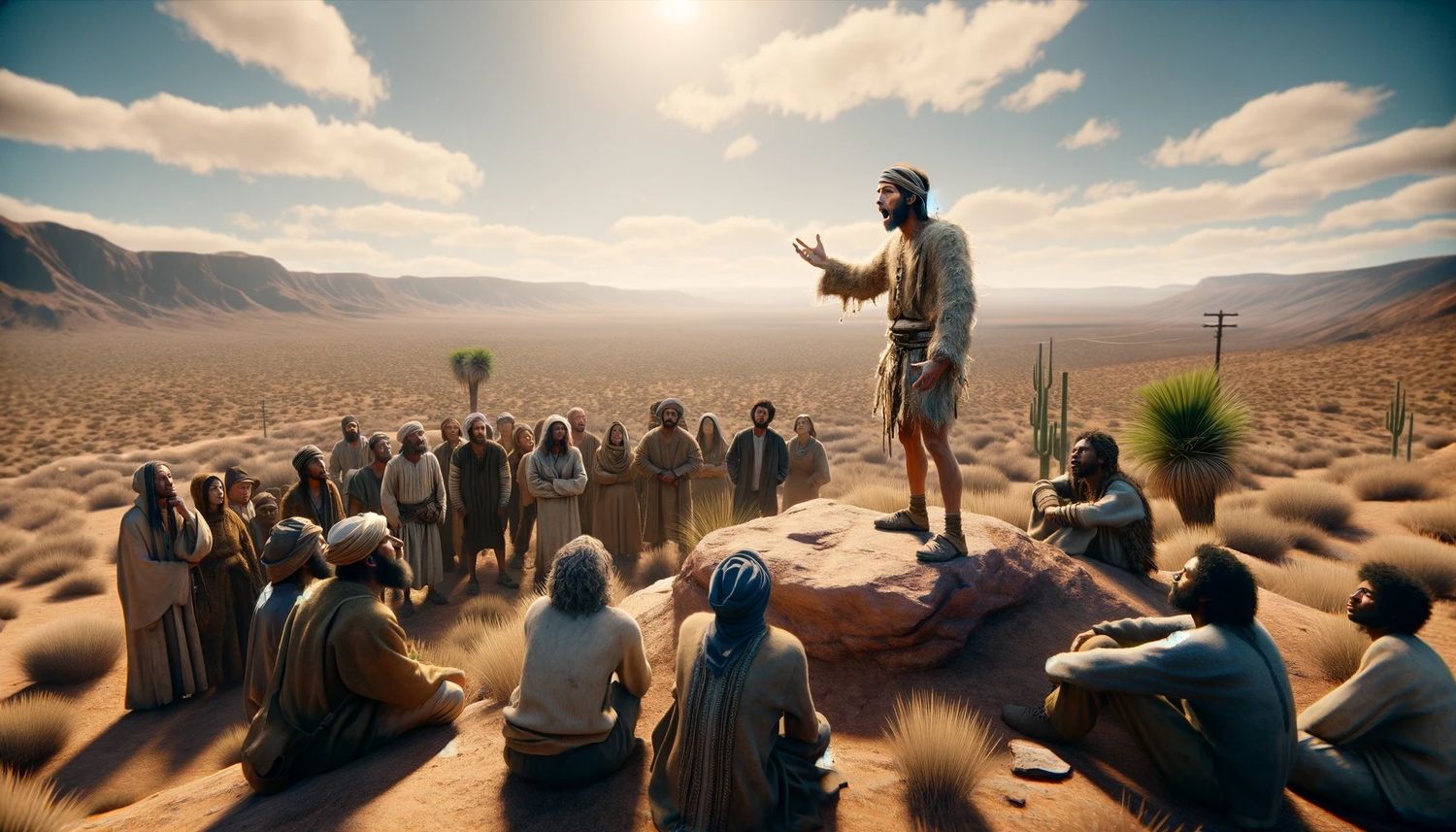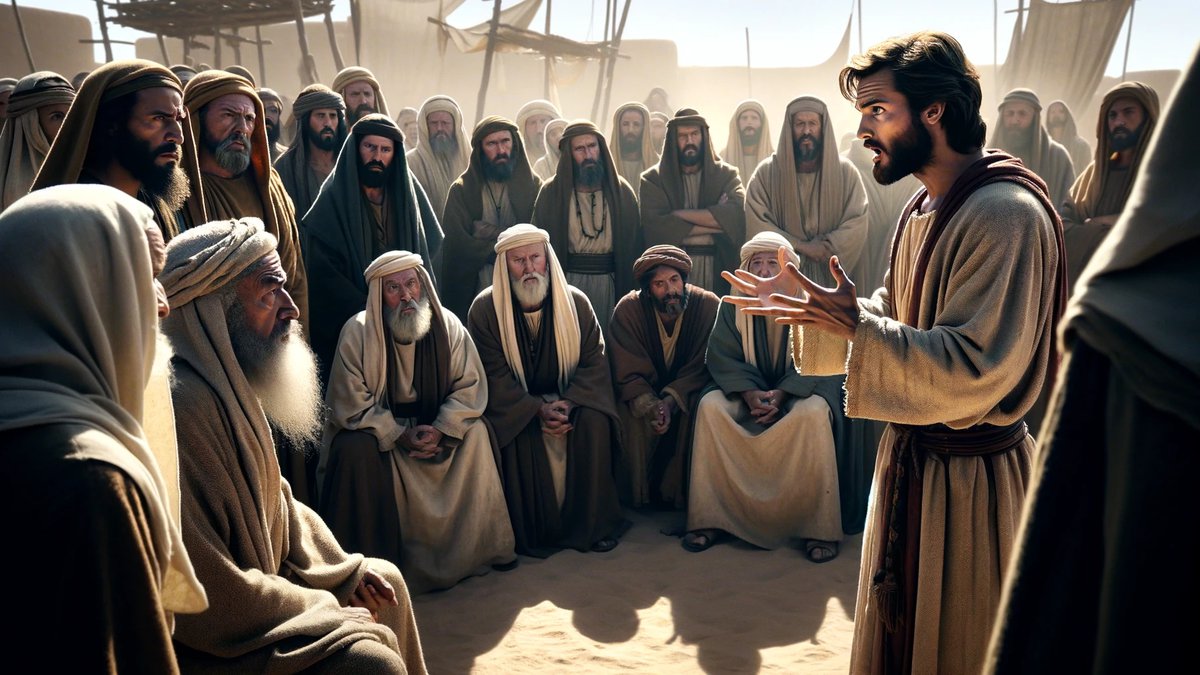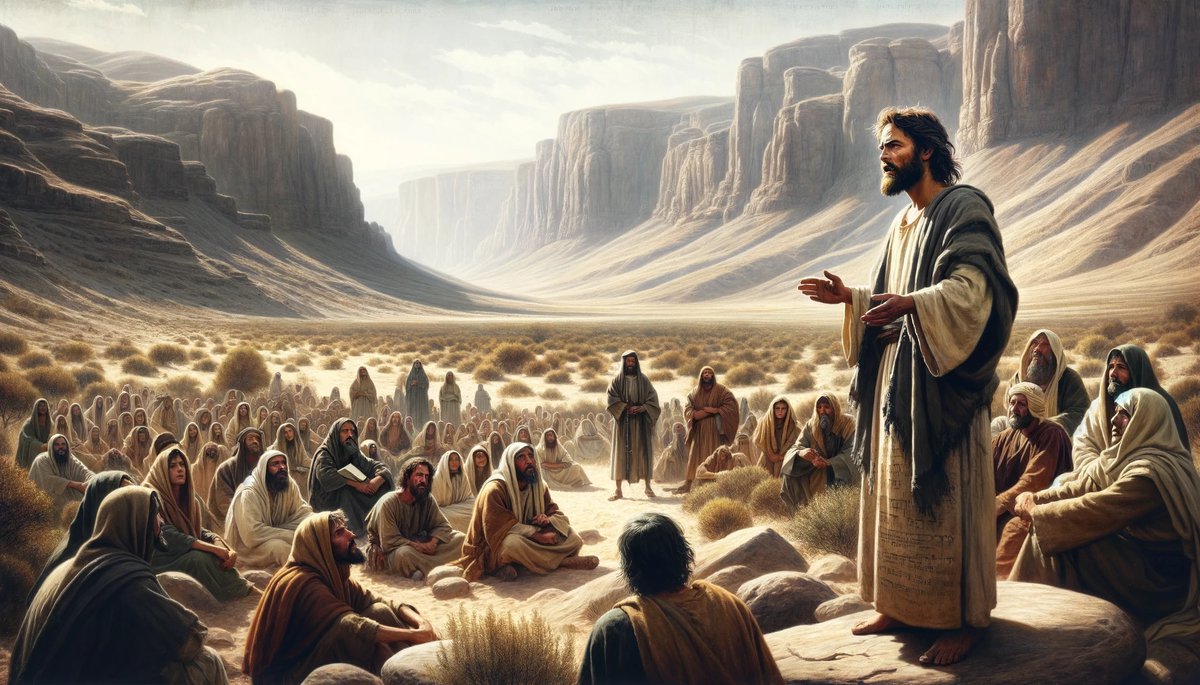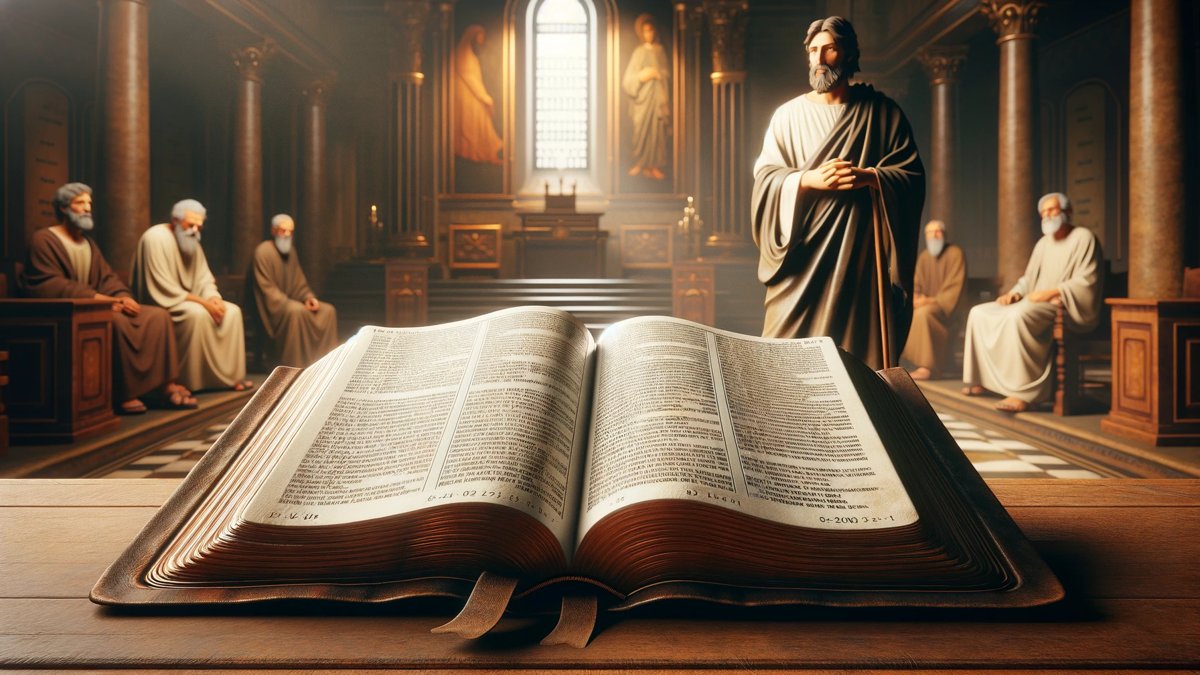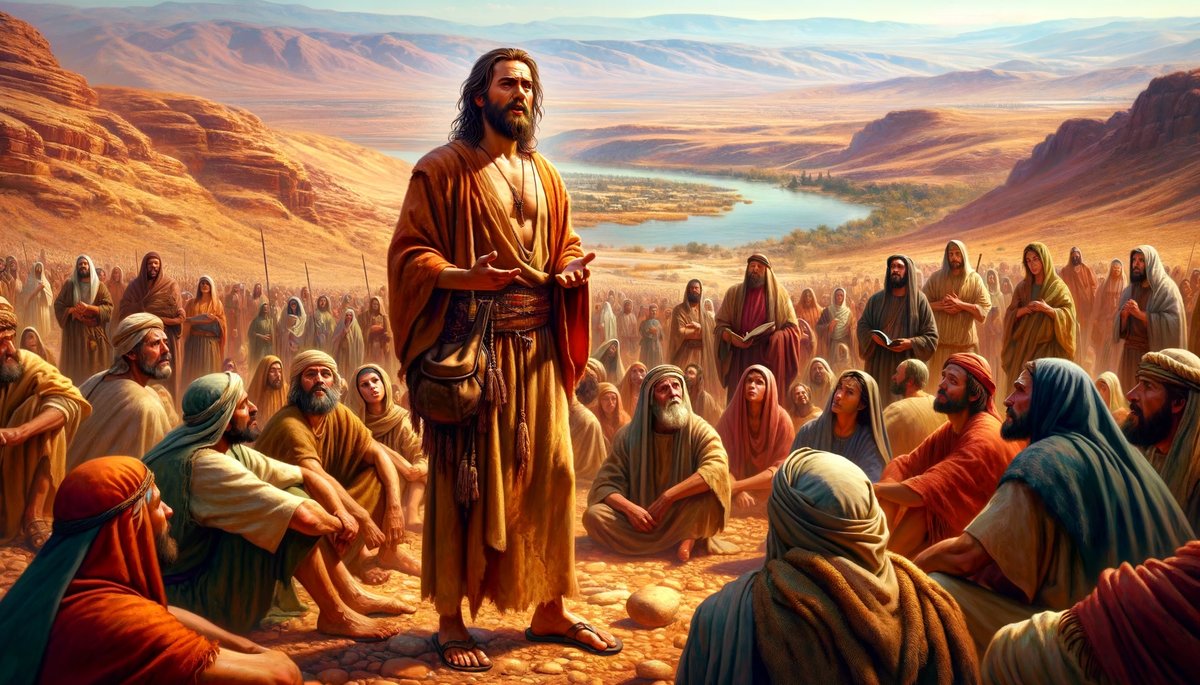Home>Theology and Spirituality>What Did John The Baptist Wear For Clothing
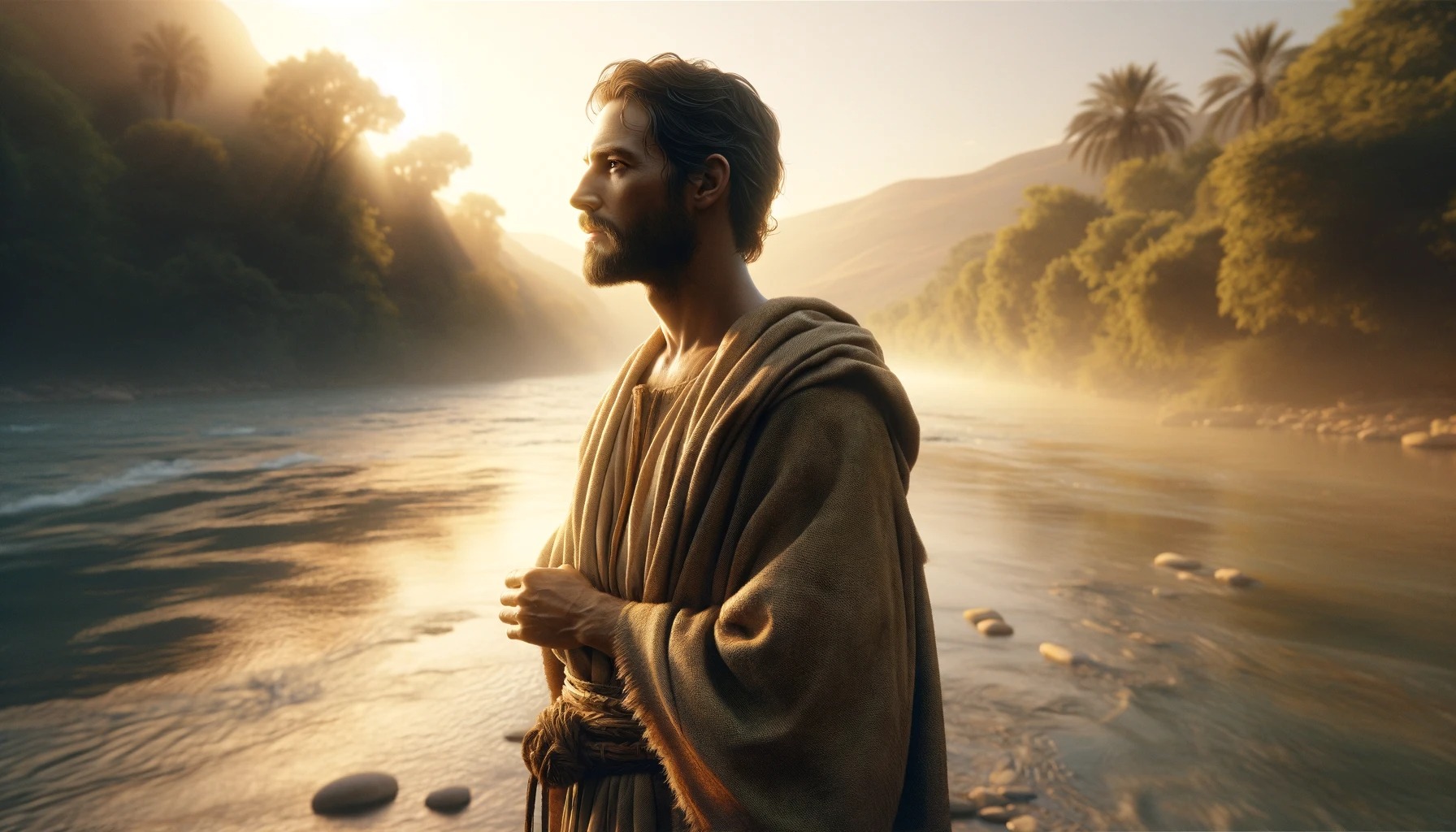

Theology and Spirituality
What Did John The Baptist Wear For Clothing
Published: February 24, 2024
Peter Smith, Editorial Director at Christian.net, combines deep insights into faith, politics, and culture to lead content creation that resonates widely. Awarded for his contributions to religious discourse, he previously headed a major organization for religious communicators, enhancing dialogue on faith's societal impacts.
Discover the significance of John the Baptist's clothing in theology and spirituality. Explore the symbolic meaning and historical context. Gain insights into this intriguing aspect of religious tradition.
(Many of the links in this article redirect to a specific reviewed product. Your purchase of these products through affiliate links helps to generate commission for Christian.net, at no extra cost. Learn more)
Table of Contents
Introduction
John the Baptist, a prominent figure in Christian history, is known for his pivotal role in preparing the way for the ministry of Jesus Christ. His distinctive appearance and powerful message have captivated the imagination of believers and non-believers alike for centuries. One aspect of John the Baptist's persona that has sparked curiosity and fascination is his choice of clothing. The garments he wore were not merely a matter of personal style, but rather a symbolic expression of his mission and message.
In this article, we will delve into the historical context of John the Baptist, exploring the societal and religious backdrop against which he emerged. We will then turn our attention to the clothing of John the Baptist, examining the significance of his attire and its potential implications. By gaining a deeper understanding of John the Baptist's clothing, we can glean valuable insights into the profound symbolism and spiritual significance embedded in his outward appearance. Join us on this enlightening journey as we unravel the mysteries surrounding the clothing of this enigmatic and influential figure.
Read more: What Did John The Baptist Preach
The Historical Context of John the Baptist
During the first century, the region of Judea was under Roman rule, and the Jewish people were grappling with a complex tapestry of political, social, and religious dynamics. It was within this intricate backdrop that John the Baptist emerged as a prophetic voice, calling people to repentance and preparing the way for the coming of the Messiah.
John was born into a priestly lineage, with his father Zechariah serving as a priest in the temple. His birth was foretold by the angel Gabriel, signaling his destined role as a herald of spiritual transformation. Growing up in the wilderness of Judea, John lived a life of simplicity and austerity, distancing himself from the opulence and corruption of urban centers.
The religious landscape of the time was marked by the influence of various sects and movements, including the Pharisees, Sadducees, Essenes, and Zealots. Each group espoused distinct theological perspectives and practices, contributing to a climate of religious fervor and diversity. Against this backdrop, John emerged as a prophetic figure, drawing inspiration from the ancient Hebrew prophets and calling people to return to the heart of their faith.
John's message of repentance and baptism resonated deeply with the Jewish populace, echoing the prophetic traditions of purification and moral renewal. His bold critique of religious hypocrisy and social injustice challenged the status quo, earning him a reputation as a fearless and uncompromising preacher.
The historical context of John the Baptist provides crucial insights into the tumultuous and spiritually charged atmosphere in which he operated. His message and ministry were not divorced from the socio-political realities of his time but were deeply intertwined with the hopes, fears, and aspirations of the Jewish people. Understanding this historical context is essential for comprehending the profound impact of John the Baptist and the enduring relevance of his message in the annals of religious history.
The Clothing of John the Baptist
John the Baptist's attire was a striking departure from the conventional garments of his time, reflecting his countercultural stance and prophetic calling. Descriptions in the Gospels portray him wearing a garment of camel's hair with a leather belt around his waist, a choice that set him apart from the religious and political elite of his era. This distinctive attire was not merely a matter of personal preference but held profound symbolic significance, resonating with the rich tapestry of Jewish tradition and prophetic symbolism.
The use of camel's hair, a coarse and rugged material, was evocative of the ancient prophet Elijah, who was known for his ascetic lifestyle and uncompromising commitment to God. By donning a garment made of camel's hair, John aligned himself with the prophetic lineage of Elijah, signaling his role as a herald of divine truth and a voice crying out in the wilderness. This deliberate association with Elijah served to authenticate John's prophetic mission and underscored the continuity of God's redemptive work throughout history.
Furthermore, the leather belt that John wore was not merely a utilitarian accessory but carried profound spiritual connotations. In ancient Jewish culture, the belt was a symbol of strength, readiness, and preparedness for service. It was an essential component of the attire of prophets and warriors, signifying their commitment to their calling and their preparedness to fulfill their mission. For John, the leather belt served as a visual emblem of his unwavering dedication to the divine mandate entrusted to him, emphasizing his readiness to proclaim the message of repentance and prepare the way for the coming Messiah.
The simplicity and ruggedness of John's clothing stood in stark contrast to the opulence and ostentation often associated with religious and political authorities. His deliberate choice of attire communicated a powerful message of humility, authenticity, and detachment from worldly trappings. It embodied his rejection of the trappings of wealth and power, emphasizing the primacy of spiritual values and the urgency of inner transformation.
In essence, John the Baptist's clothing was a visual sermon, a tangible expression of his prophetic vocation, and a symbolic proclamation of the imminent arrival of the Kingdom of God. It served as a potent visual cue, capturing the attention of all who encountered him and compelling them to ponder the deeper spiritual truths he embodied. Through his attire, John conveyed a timeless message of radical simplicity, unwavering commitment to divine truth, and a prophetic call to prepare the way for the dawn of a new era.
This section provides a glimpse into the profound symbolism embedded in John the Baptist's clothing, shedding light on the spiritual and prophetic dimensions of his attire. By understanding the significance of his garments, we gain valuable insights into the depth of his message and the enduring impact of his prophetic witness.
The Significance of John the Baptist's Clothing
John the Baptist's choice of clothing was not merely a matter of personal style; rather, it held profound symbolic significance that reverberated with spiritual and prophetic connotations. His attire, characterized by a garment of camel's hair and a leather belt, served as a visual proclamation of his prophetic mission and a powerful statement of his unwavering commitment to his divine calling.
The use of camel's hair in John's attire was laden with symbolism, harkening back to the legacy of the ancient prophet Elijah. This deliberate association with Elijah, a revered figure in Jewish tradition, served to authenticate John's prophetic role and underscored the continuity of God's redemptive work throughout history. By donning a garment made of camel's hair, John aligned himself with the prophetic lineage of Elijah, signaling his role as a herald of divine truth and a voice crying out in the wilderness.
Furthermore, the leather belt that John wore was not merely a practical accessory, but it carried profound spiritual connotations. In the cultural and religious milieu of the time, the belt symbolized strength, readiness, and preparedness for service. It was an essential component of the attire of prophets and warriors, signifying their commitment to their calling and their preparedness to fulfill their mission. For John, the leather belt served as a visual emblem of his unwavering dedication to the divine mandate entrusted to him, emphasizing his readiness to proclaim the message of repentance and prepare the way for the coming Messiah.
The simplicity and ruggedness of John's clothing stood in stark contrast to the opulence and ostentation often associated with religious and political authorities. His deliberate choice of attire communicated a powerful message of humility, authenticity, and detachment from worldly trappings. It embodied his rejection of the trappings of wealth and power, emphasizing the primacy of spiritual values and the urgency of inner transformation.
In essence, John the Baptist's clothing was a visual sermon, a tangible expression of his prophetic vocation, and a symbolic proclamation of the imminent arrival of the Kingdom of God. It served as a potent visual cue, capturing the attention of all who encountered him and compelling them to ponder the deeper spiritual truths he embodied. Through his attire, John conveyed a timeless message of radical simplicity, unwavering commitment to divine truth, and a prophetic call to prepare the way for the dawn of a new era.
This section provides a glimpse into the profound symbolism embedded in John the Baptist's clothing, shedding light on the spiritual and prophetic dimensions of his attire. By understanding the significance of his garments, we gain valuable insights into the depth of his message and the enduring impact of his prophetic witness.
Conclusion
In conclusion, the clothing of John the Baptist transcended mere sartorial choices; it embodied a profound symbolism that resonated with spiritual and prophetic significance. His attire, characterized by a garment of camel's hair and a leather belt, served as a visual proclamation of his prophetic mission and a powerful statement of his unwavering commitment to his divine calling.
By donning a garment made of camel's hair, John aligned himself with the prophetic lineage of Elijah, signaling his role as a herald of divine truth and a voice crying out in the wilderness. This deliberate association with Elijah, a revered figure in Jewish tradition, served to authenticate John's prophetic role and underscored the continuity of God's redemptive work throughout history.
Furthermore, the leather belt that John wore was not merely a practical accessory; it carried profound spiritual connotations. In the cultural and religious milieu of the time, the belt symbolized strength, readiness, and preparedness for service. It was an essential component of the attire of prophets and warriors, signifying their commitment to their calling and their preparedness to fulfill their mission. For John, the leather belt served as a visual emblem of his unwavering dedication to the divine mandate entrusted to him, emphasizing his readiness to proclaim the message of repentance and prepare the way for the coming Messiah.
The simplicity and ruggedness of John's clothing stood in stark contrast to the opulence and ostentation often associated with religious and political authorities. His deliberate choice of attire communicated a powerful message of humility, authenticity, and detachment from worldly trappings. It embodied his rejection of the trappings of wealth and power, emphasizing the primacy of spiritual values and the urgency of inner transformation.
In essence, John the Baptist's clothing was a visual sermon, a tangible expression of his prophetic vocation, and a symbolic proclamation of the imminent arrival of the Kingdom of God. It served as a potent visual cue, capturing the attention of all who encountered him and compelling them to ponder the deeper spiritual truths he embodied. Through his attire, John conveyed a timeless message of radical simplicity, unwavering commitment to divine truth, and a prophetic call to prepare the way for the dawn of a new era.
The enduring legacy of John the Baptist's clothing lies in its ability to transcend the boundaries of time and culture, speaking to the hearts of individuals across generations. It serves as a poignant reminder of the power of symbolism and the profound impact of a life wholly dedicated to the divine purpose. As we contemplate the significance of John the Baptist's attire, we are invited to reexamine our own lives, reassess our priorities, and realign ourselves with the timeless truths that he embodied. In doing so, we honor the legacy of this enigmatic figure and embrace the transformative power of his message, echoing through the corridors of history and reverberating in the depths of our souls.

